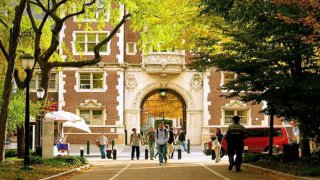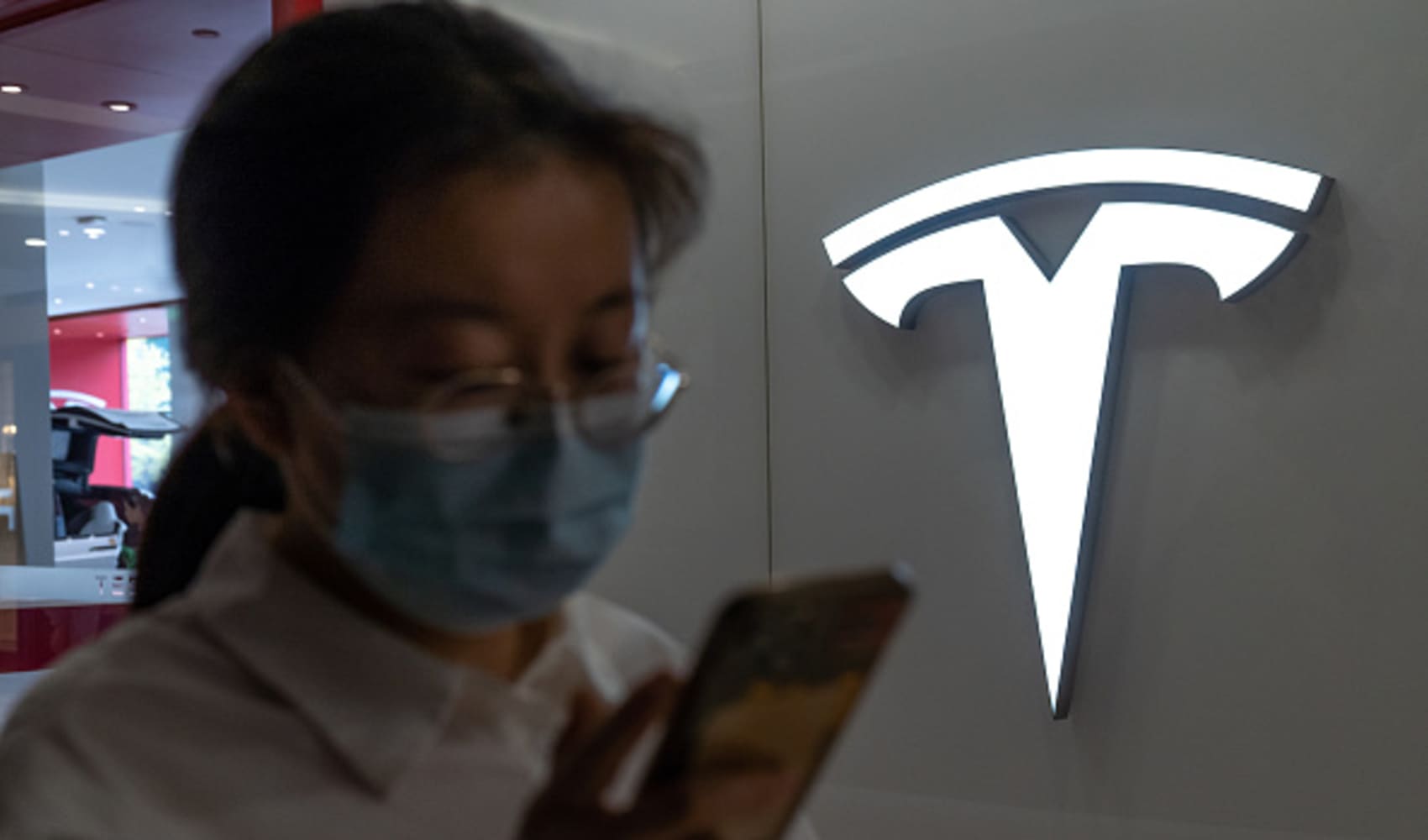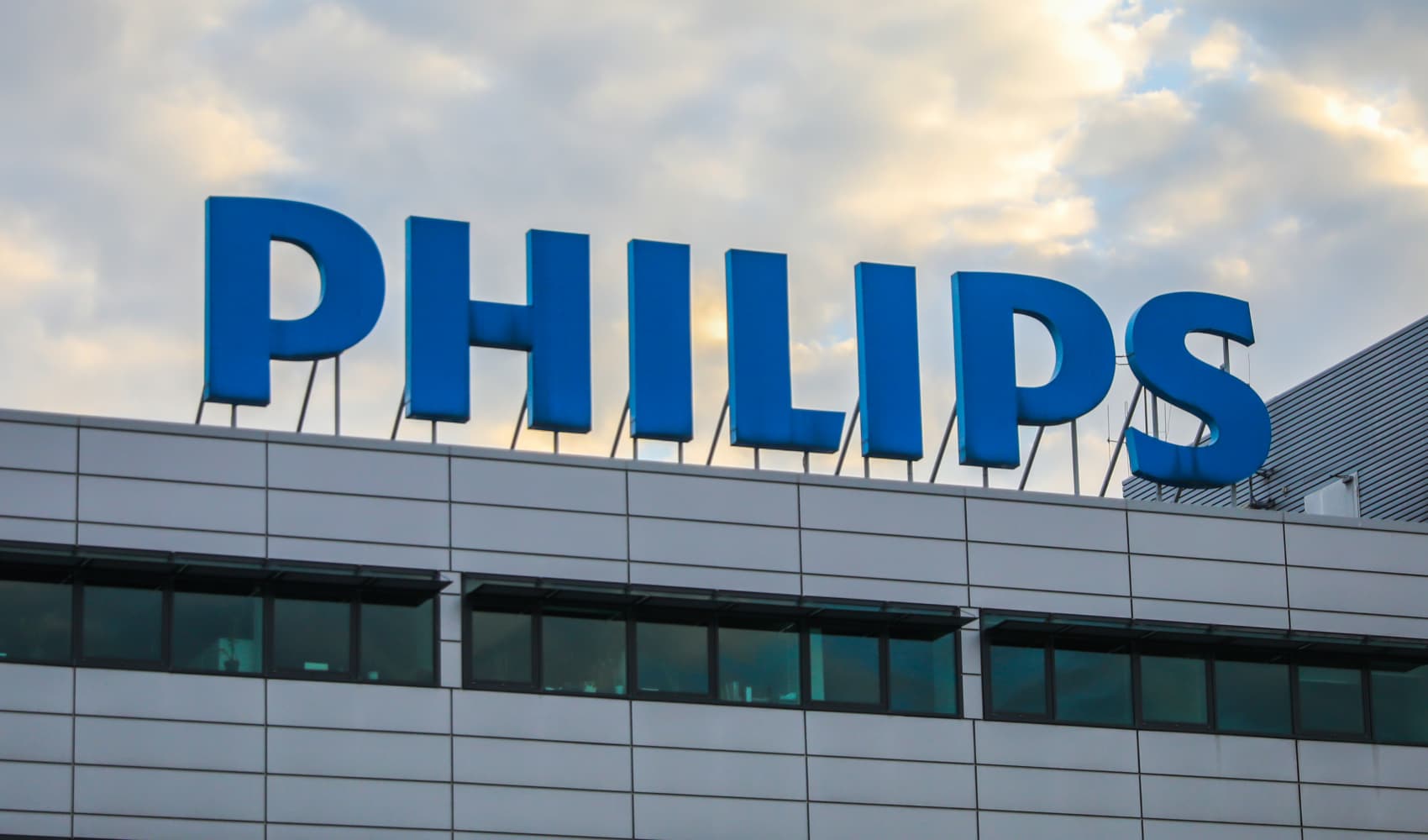
- This month, more than 200,000 high school seniors will receive proactive college acceptance offers as part of a new direct admissions program.
- The goal is to expand college access, particularly to first-generation and low-income applicants at a time when fewer are choosing to pursue a four-year degree.
This month, more than 200,000 first-generation American and low- and middle-income high school seniors will receive something unexpected: proactive college acceptance letters.
As part of a strategy aimed at expanding college access, roughly 1 in 8 first-year students with a Common App account will get at least one offer of admission before they even apply.
Get a weekly recap of the latest San Francisco Bay Area housing news. Sign up for NBC Bay Area’s Housing Deconstructed newsletter.
From Mount Saint Mary's University in Los Angeles to the New York Institute of Technology, 70 colleges in 28 states are participating in the Common App's newly launched direct admissions program, which has the widest reach in the country.
More from Personal Finance:
More colleges are promising guaranteed admission
Strategy could shave thousands off college costs
Public colleges aren't as cheap as you'd think
More schools offer guaranteed admission
Money Report
In the wake of the Supreme Court's affirmative action ruling, colleges are looking for new strategies to recruit students from diverse backgrounds, according to Jenny Rickard, CEO of the Common App.
"It's about removing barriers," she said. "It's about equity and access."
Each year, more than 1 million students — one-third third of whom are first-generation — use the common application to apply to school, research financial aid and scholarships, and connect to college counseling resources, according to the nonprofit organization.
Individual schools and school systems have also rolled out similar initiatives to broaden their reach. Last spring, the State University of New York sent automatic acceptance letters to 125,000 graduating high school students.
College enrollment is falling
Nationwide, enrollment has noticeably lagged since the start of the pandemic, when a significant number of students decided against a four-year degree in favor of joining the workforce or completing a certificate program without the hefty price tag of the more advanced degree.
This fall, undergraduate enrollment grew for the first time since 2020, according to the National Student Clearinghouse Research Center's latest report.
But gains were not shared across the board. Community colleges notched the biggest increases year over year, the report found, accounting for almost 60% of the increase in undergraduates.
"Students are electing to pursue shorter-term programs," said Doug Shapiro, executive director of the National Student Clearinghouse Research Center. "More 18- to 20-year-olds, especially at four-year institutions, are opting out."
Tuition keeps rising
Not only are fewer students interested in pursuing a four-year degree after high school, but the population of college-age students is also shrinking, a trend referred to as the "enrollment cliff."
In fact, undergraduate enrollment in the U.S. topped out at roughly 18 million students over a decade ago, according to the National Center for Education Statistics.
These days, only about 62% of high school seniors in the U.S. immediately go on to college, down from 68% in 2010. Low-income students who feel priced out of a postsecondary education are often those who opt out.

Recent data from the Common App found that more than half, or 55%, of students who use the Common App's online application are from the highest-income families.
Steadily, college is becoming a path for only those with the means to pay for it, other reports also show.
And costs are still rising. Tuition and fees at four-year private colleges rose 4% to $41,540 in the 2023-24 school year from $39,940 in 2022-23. At four-year, in-state public colleges, the cost increased 2.5% to $11,260 from $10,990 the prior school year, according to the College Board.
Financial aid is key
"Just because a school offers acceptance doesn't mean the finances will line up," cautioned Robert Franek, The Princeton Review's editor-in-chief and author of "The Best 389 Colleges."
"It's important to ask critical questions," he said. Students should consider how much aid is being awarded, as well as the academic fit, campus culture and career services offerings.
Further, even if acceptance is not guaranteed, there are many schools that accept the majority of those who apply, Franek said.
In fact, of The Princeton Review's list of 389 best colleges, 254 schools admit at least half of all applicants. More than one-quarter admit at least 80% of those who apply. (On the flip side, only 8% of schools on the list of best colleges admit less than 10% of applicants.)
"We always think of the most competitive schools but there is a school, and likely many schools, out there to consider," Franek said.






